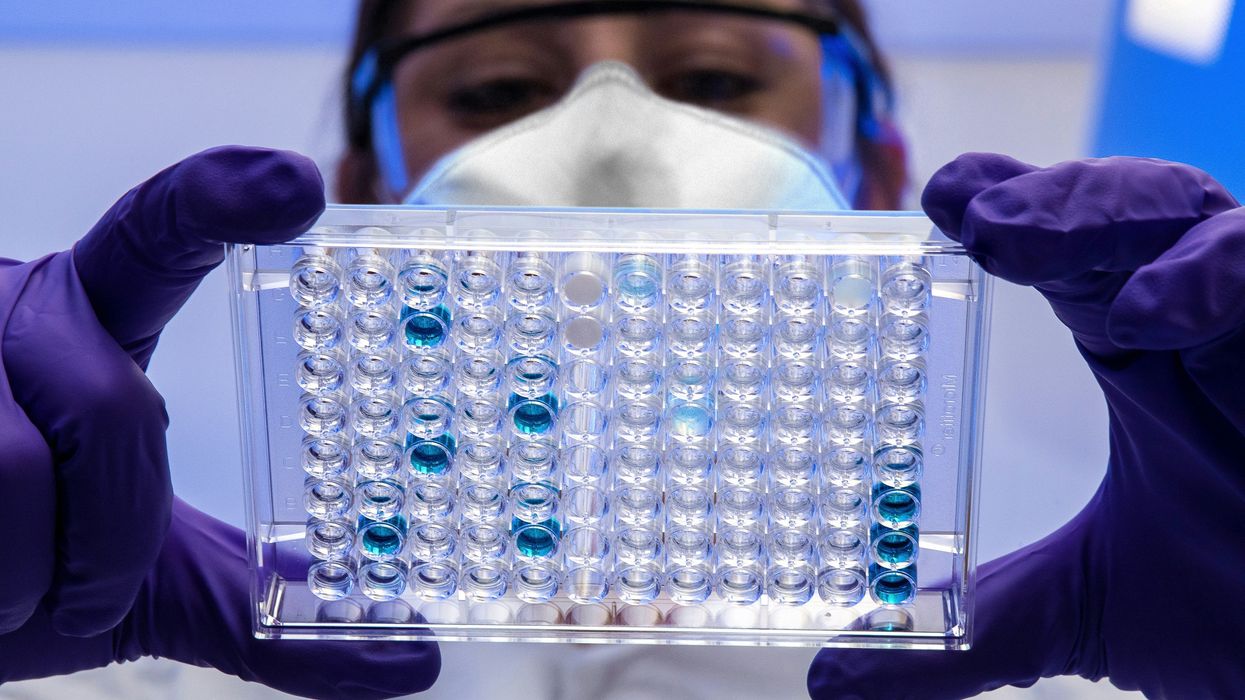Raw milk, unpasteurized and untreated, has garnered attention in recent years as a “natural” alternative to conventional dairy products. However, consuming raw milk comes with inherent risks that can pose serious health hazards. It’s important to delve into the potential dangers associated with raw milk consumption, backed by scientific research and expert opinions, to raise awareness and promote informed decision-making regarding dairy choices.
Bacterial Contamination:
One of the primary concerns associated with raw milk is the risk of bacterial contamination. Raw milk can harbor harmful pathogens such as Salmonella, Escherichia coli (E. coli), Listeria monocytogenes, and Campylobacter, which can cause foodborne illnesses ranging from mild gastrointestinal symptoms to severe complications, including kidney failure and meningitis (Oliver et al., 2005). The absence of pasteurization, a process that involves heating milk to kill pathogens, increases the likelihood of bacterial contamination in raw milk.
Public Health Concerns:
The consumption of raw milk poses public health risks beyond individual health consequences. Outbreaks of foodborne illnesses linked to raw milk consumption have been documented worldwide, leading to hospitalizations, economic losses, and strain on public health resources (Centers for Disease Control and Prevention, 2017). Despite regulatory measures in place to limit the sale and distribution of raw milk, outbreaks continue to occur, underscoring the ongoing public health challenge associated with unpasteurized dairy products.
Vulnerable Populations:
Certain populations are at higher risk of experiencing severe complications from consuming raw milk. Infants, young children, pregnant women, older adults, and individuals with weakened immune systems are particularly susceptible to foodborne illnesses and may face more severe outcomes if exposed to contaminated raw milk (Langer et al., 2012). Given the potential health consequences, regulatory agencies and health organizations advise against the consumption of raw milk, especially for vulnerable populations.
Legal and Regulatory Landscape:
The sale and distribution of raw milk are subject to varying regulations across jurisdictions, with some regions permitting its sale under certain conditions and others banning it altogether. Proponents of raw milk argue for consumer choice and the preservation of traditional food practices, while opponents emphasize the importance of public health and food safety standards (Kendall et al., 2013). The debate surrounding raw milk regulation reflects broader tensions between individual freedoms and public health priorities.
Promoting Informed Choices:
In light of the documented risks associated with raw milk consumption, promoting informed decision-making is essential. Consumers should be aware of the potential dangers posed by raw milk and consider factors such as personal health status, regulatory context, and food safety practices when making dairy choices. Education campaigns, public awareness initiatives, and transparent communication about the risks and benefits of different dairy products can empower consumers to make safer and healthier choices.
While raw milk may appeal to proponents of natural and traditional food practices, its consumption carries significant health risks that cannot be ignored. Bacterial contamination, foodborne illness outbreaks, and heightened susceptibility among vulnerable populations underscore the dangers associated with consuming unpasteurized dairy products. By raising awareness, advocating for evidence-based policies, and promoting informed decision-making, we can mitigate the risks associated with raw milk consumption and safeguard public health.
References:
- Oliver, S. P., Boor, K. J., Murphy, S. C., & Murinda, S. E. (2005). Food safety hazards associated with consumption of raw milk. Foodborne Pathogens and Disease, 2(4), 379-390.
- Centers for Disease Control and Prevention. (2017). Raw Milk Questions and Answers. Retrieved from https://www.cdc.gov/foodsafety/rawmilk/raw-milk-questions-and-answers.html
- Langer, A. J., Ayers, T., Grass, J., Lynch, M., Angulo, F. J., & Mahon, B. E. (2012). Nonpasteurized dairy products, disease outbreaks, and state laws—United States, 1993–2006. Emerging infectious diseases, 18(3), 385.
- Kendall, P., Farber, J. M., & Harlander, S. K. (2013). The regulation of raw milk cheese in Canada: a review. Journal of Food Protection, 76(1), 208-222.















 Dr. Cary S. Kaufman teaches the "Essentials of Oncoplastic Surgery" course through the National Consortium of Breast Centers, providing breast surgeons around the world with advanced techniques for optimal breast surgery outcomes.
Dr. Cary S. Kaufman teaches the "Essentials of Oncoplastic Surgery" course through the National Consortium of Breast Centers, providing breast surgeons around the world with advanced techniques for optimal breast surgery outcomes.

